In his introduction to Desert Solitaire Edward Abbey wrote: “you can’t see anything from a car; you’ve got to get out of the goddamned contraption and walk, better yet crawl, on hands and knees, over the sandstone and through the thornbush and cactus. When traces of blood begin to mark your trail, you’ll see something, maybe. Probably not.” While what he says about driving, walking and crawling is true enough, my late friend Ed neglected to mention the alternative — and best — way to see and experience the Mountain West. That is on horseback, the optimal mode from the point of view of observational perspective as well as speed of travel. True, it leaves you exposed to the weather (the blasting heat and wind, the heart-numbing cold, lightning and hailstones) and the temper and footing of your mount (getting thrown, brushed off going under a tree branch or rolled on). But then, as the saying goes, “in the midst of life we are in death.” The Bedouin have a saying that no man can call himself a rider until he has gone off a horse at least a dozen times. I first bestrode one at the age of ten or twelve and have been thrown or fallen on dozens of occasions; more than the average, I imagine, as I enjoy the work of breaking the damn beasts, my own and other people’s. It is springtime — finally — in Wyoming as I write, and time to take to the mountain trails again after the runoff is over.
Mary Thoman — a niece of my godparents, a cattle rancher in the Green River Basin, and a pilot — is frequently asked whether she isn’t nervous about taking her small plane up. “I tell them,” she says, “that it’s when I get on a horse that my life passes before my eyes” — understandably, since her sister Kathy was killed years ago when her horse stepped in a deep hole behind a boulder in the Green River, threw her into the stream, climbed on her and drowned her. I myself have had several brushes with death-by-horse, the closest of which occurred while I was hunting elk in the Wyoming Range north of Kemmerer and let out enough rein to give the gelding his head while he was stepping over a down tree. His front quarters passed over the log easily enough, but when his back hooves struck wood he panicked and broke for a stand of close-growing aspen trees in which I’d have been processed like meat in a Cuisinart. I made an emergency bail-off and landed on my shoulder and side on soft ground. My wife, who had been riding her mare close behind us, reported afterward that the back of my skull missed the log by a foot or so. I broke nothing but bruised the cartilage along my left flank and for two weeks afterward needed a full minute or two to leverage myself in and out of bed on account of the excruciating pain. I had to lead out the six miles down the mountain to the rig parked at the trailhead, and when we reached it at about five o’clock that evening I was too stiff with cold to roll the truck window down.
On another occasion, bridle-breaking an already saddle-broke mare for a friend, having completed the prescribed steps that include strapping a fifty-pound grain sack to the saddle and ground-driving from behind with a longeing whip, stepping up to and down from the saddle numerous times and on both the right and left sides, and applying gentle pressure to the bit, I took a deep seat and nudged Stormy gently forward with my heels. The result was explosive and we ended up on our backs together, side by side like a couple in bed, on the ranch turnaround while the rancher observed us from a short distance with interest. In the end, which came after we’d been assaulted by an errant stallion who tried to mount her while she reared and sprayed him (she was in heat at the time), the reins broke while I tried to hold her from the ground, and I was compelled to cross a creek in flood on a greenbroke horse who fortunately failed to realize that I had no control over her whatever until we reached the ranch house on the far side. Stormy eventually made a reliable member of a hunting party until she went blind at a young age and had to be retired from active service.
I rode horseback into the La Sal Mountains east of Moab, Utah, with Ed Abbey one summer when he and his family were renting a house in town, taking horses he’d hired from the Pack Creek Ranch where his in-laws owned a cabin. Ed was a hand enough with a horse, though so far as I know he never owned one, preferring as a rule to explore the back-of-beyond on foot. Me, I believe in going horseback for as far and as long as I can, following the example of the Mountain Men who first explored the country that is now western Wyoming and adjacent regions, which probably explains why the only traces of blood I’ve left behind have been from field-dressed elk being horse-packed out from camp.
This article was originally published in The Spectator’s July 2024 World edition.



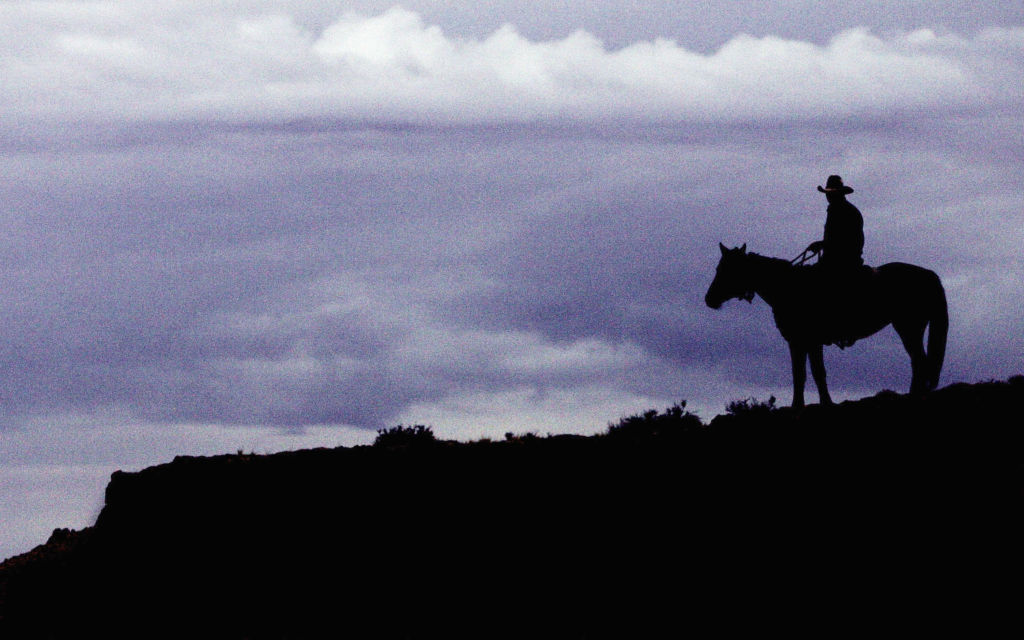







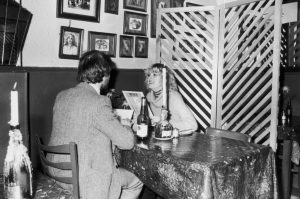
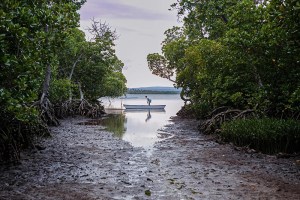
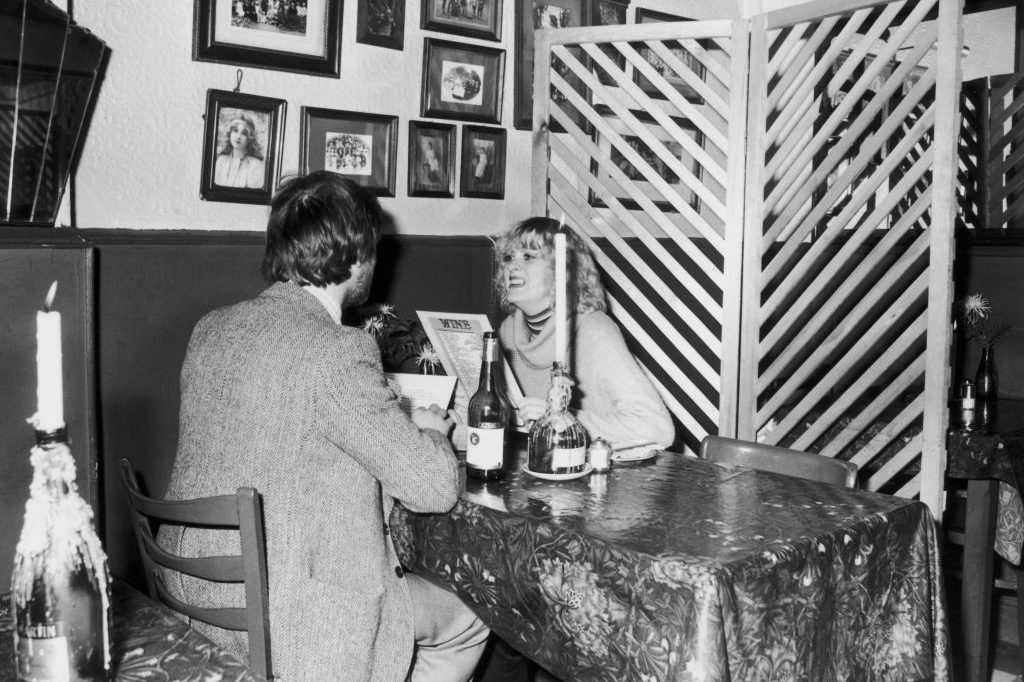


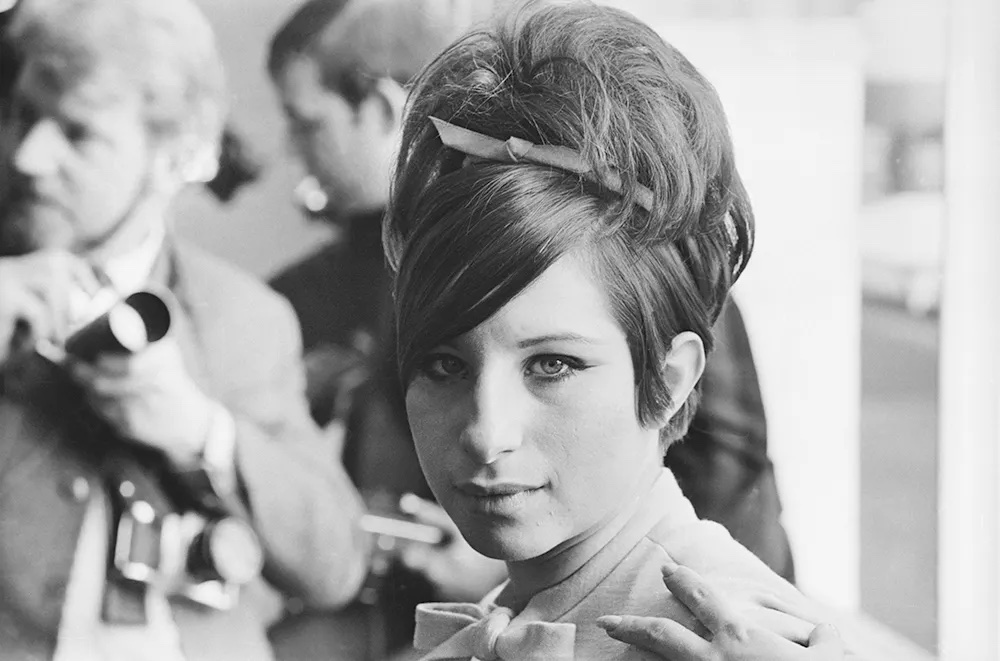

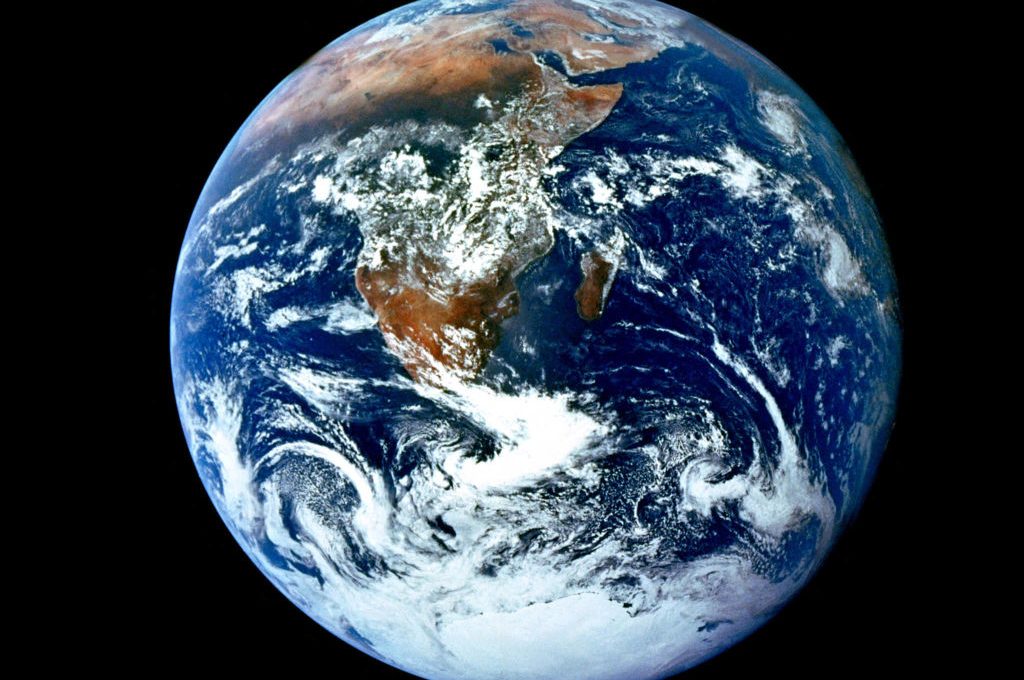







Leave a Reply